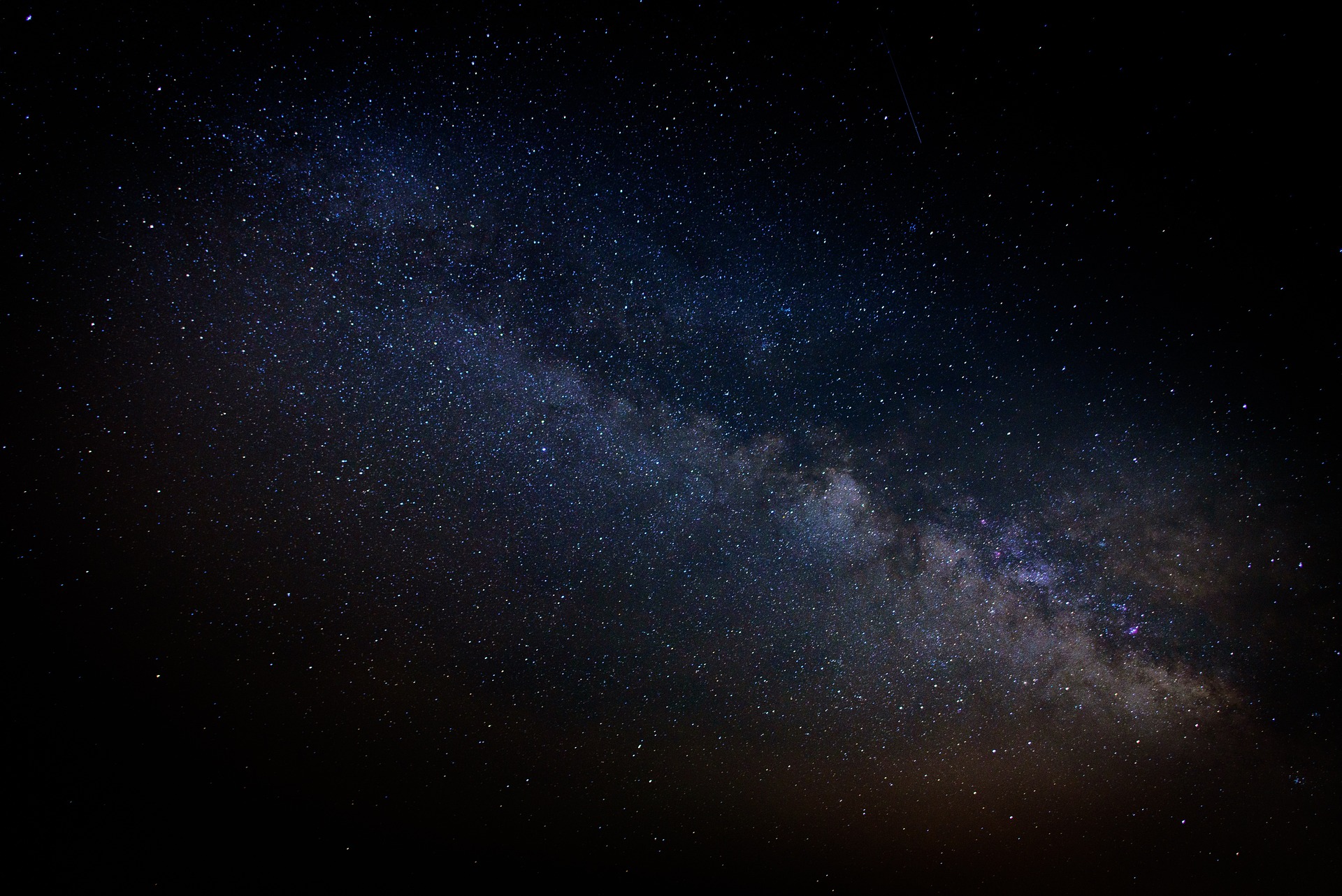Researchers at the IceCube Neutrino Observatory, Antarctica, found the galactic origins of the ghost particles called neutrinos and used them to create an image of the Milky Way galaxy. It was the first time the image was developed with neutrino and not with photons (small packets of light).

Image credits: IceCube Collaboration/ U.S. National Science Foundation
What Are Neutrinos?
Neutrinos, also known as ghost particles, are one of the most mysterious particles in nature as they behave differently on Earth and space. These particles do not contain any charge and have a small mass. On Earth, these are produced due to nuclear fission in nuclear reactors, while in space, these are generated due to supernova explosions and radioactive decay (emission of radiation when an unstable atom loses energy) along with gamma rays. As these particles penetrate regular matter with the speed of light, they are difficult to detect. They only interact with gravity and the weak force (force responsible for the radioactive decay of atoms), making it possible for scientists to detect them.
Detecting Neutrinos
Recently, the IceCube collaboration, an international group of over 350 researchers, discovered that tiny neutrinos emit from the Milky Way. These neutrinos were detected by the IceCube Neutrino Observatory, a gigantic detector located at the Amundsen Scott South Pole Station, Antarctica. This detector was built and is operated with funding provided by the National Science Foundation (NSF), a government agency in the US supporting science and engineering research. It consists of over 5,000 optical sensors bordered across 86 strings hanging into holes drilled up to 2.5 kilometers into the ice.

Image Credits: IceCube Neutrino Observatory
When neutrinos pass through Earth, they interact with water molecules and form some byproducts. These are known as muons which can be seen as light flashes inside the observatory’s sensors. These flashes can help scientists to reconstruct the energy and identify the sources of neutrinos.
Also, the particles created by the cosmic rays can collide with the atoms in the Earth’s atmosphere and pass through IceCube. “Finding a neutrino’s starting point depends on how clear its direction is recorded in the detector; some have very obvious initial directions, whereas others produce cascading ‘fuzz balls of light’ that obscure their origins,” said Naoko Kurahashi Neilson, a physicist at Drexel University, Pennsylvania.
The scientists developed an analysis that used cascade events to know the source of neutrinos produced by cosmic interactions with the Earth’s atmosphere. These events included the neutrino interaction with the ice that resulted in roughly spherical light showers.
However, with the help of machine learning methods, scientists improved the identification of cascade events. They prepared a dataset that included over 60,000 neutrinos detected and collected over 10 years. Using this dataset, researchers created an elegant, blue-tinged image showing the Milky Way Galaxy as the production source of neutrinos.
“Using machine learning techniques to reconstruct their direction and make their selection more efficient, we were able to get a lot more signal neutrinos from the galaxy”, stated Erik Blaufuss, a particle physicist at the University of Maryland, US.
“I remember saying, ‘At this point in human history, we’re the first ones to see our galaxy in anything other than light,” added Neilson.

Image Credits: Pixabay
Future Research with Neutrinos
Though the main neutrino source is identified, researchers are working to discover specific sources within the galaxy. This is going to be harder but will open up new doors to explore the universe. According to space scientists, photons are one way to study or detect objects in the universe. But these can’t be used everywhere. For instance, the cores of the stars can’t be seen with the help of photons as they are unable to penetrate the stars.
Neutrinos could help astronomers to see and study star cores. Plus, these ghost particles can help to investigate other mysterious phenomena, such as dark matter and dark energy, gravitational waves and sources of cosmic and gamma rays emerging from the inner core of the galaxy. “Observing our own galaxy for the first-time using particles instead of light is a huge step,” said Neilson. “As neutrino astronomy evolves, we will get a new lens with which to observe the universe.”
The details of the research have been published in the journal Science in June 2023.
If you enjoyed reading our articles, please consider supporting us by buying our geeky merchandise on Instagram.



2 comments
[…] opens the door to new possibilities, finding new galaxies and space structures and widening knowledge. Astronomers expect to broaden the search to uncover the secrets of the […]
[…] Milky Way. This, according to Drake, is proportional to the average rate that a star forms in the galaxy (R*), the likelihood that those stars have planets orbiting them (fP), and the average number of […]